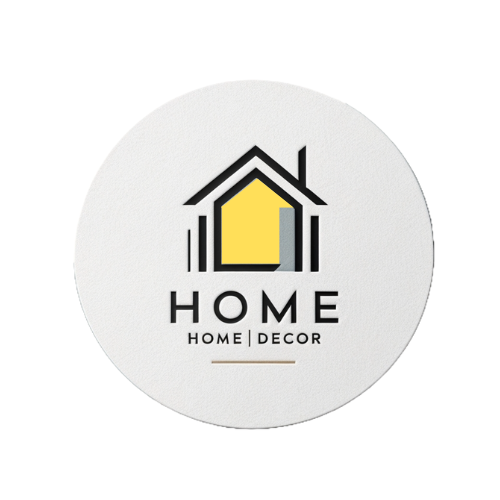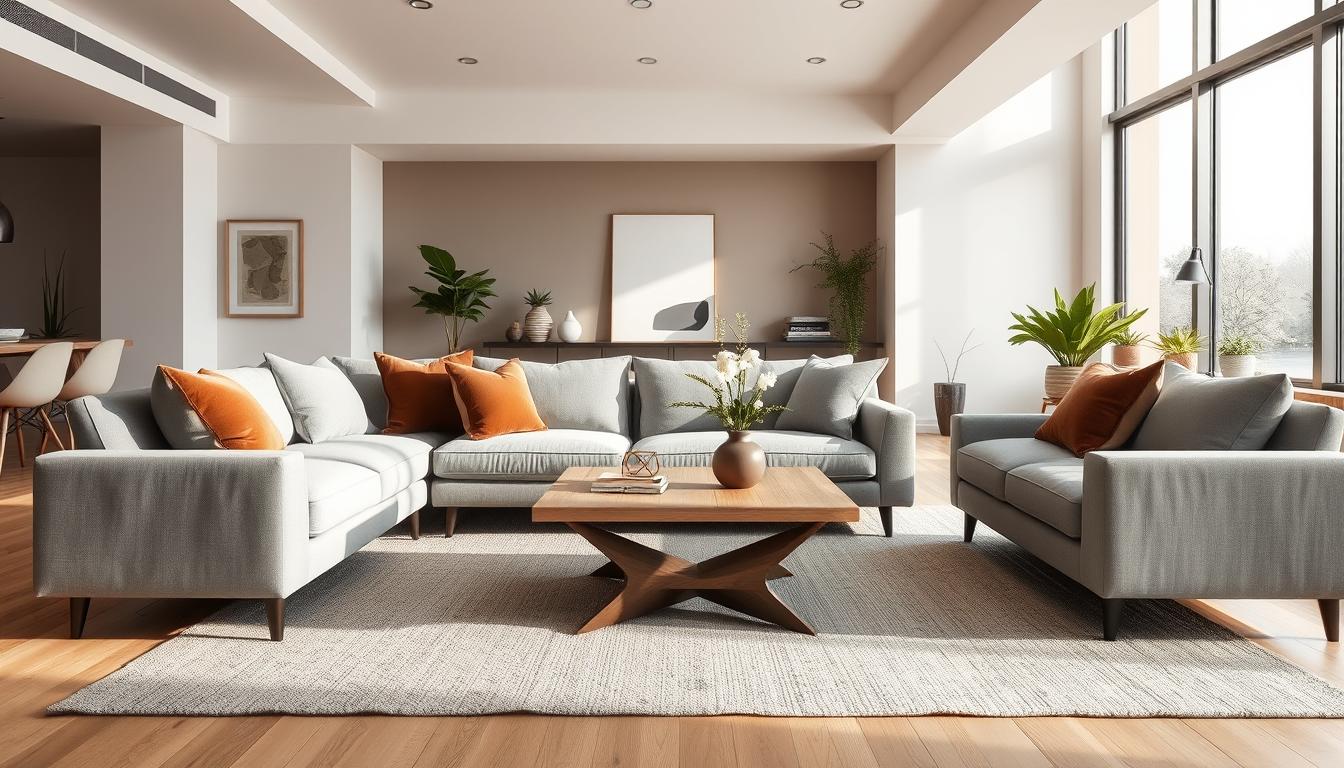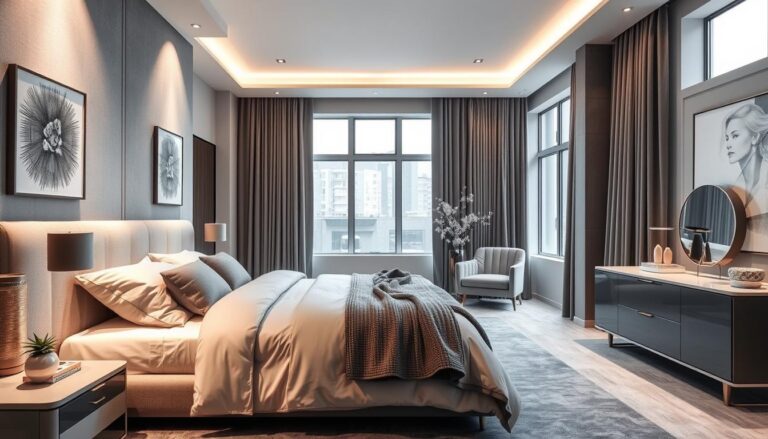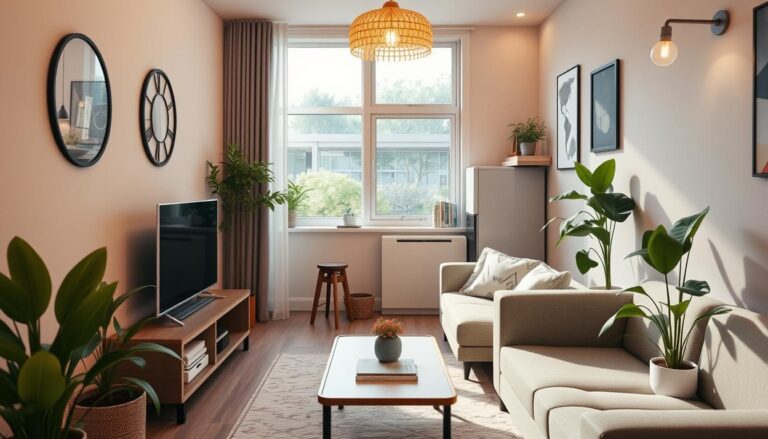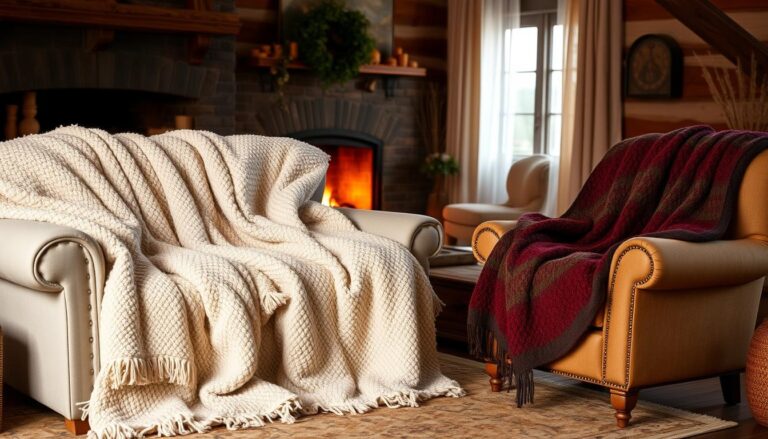Stylish Grey & Brown Palettes: Timeless Elegance for Any Space
When I first stepped into my minimalist apartment, I was struck by the profound impact of neutral tones. Grey and brown weren’t just colors they were a language, a symphony of sophistication and calm. These hues have an uncanny ability to transform spaces into sanctuaries of elegance, effortlessly blending with personal style and evolving design trends.
Interior design has evolved, and neutral colors have emerged as the cornerstone of timeless, harmonious spaces. Grey and brown, in particular, offer a versatile foundation that allows you to express your individuality while maintaining a sense of simplicity and balance.
Exploring these neutral tones isn’t just about selecting colors; it’s about crafting spaces that feel organic, inviting, and deeply personal. Whether your taste leans toward modern minimalism or warm, textured interiors, grey and brown open up a world of design possibilities.
Key Takeaways
-
Neutral tones create sophisticated, adaptable living spaces.
-
Grey and brown offer unparalleled versatility across design styles.
-
Thoughtful color palettes can dramatically transform interior environments.
-
Neutral colors evoke a calming, elegant aesthetic.
-
Design flexibility is a hallmark of grey and brown tones.
Understanding the Power of Neutral Color Combinations
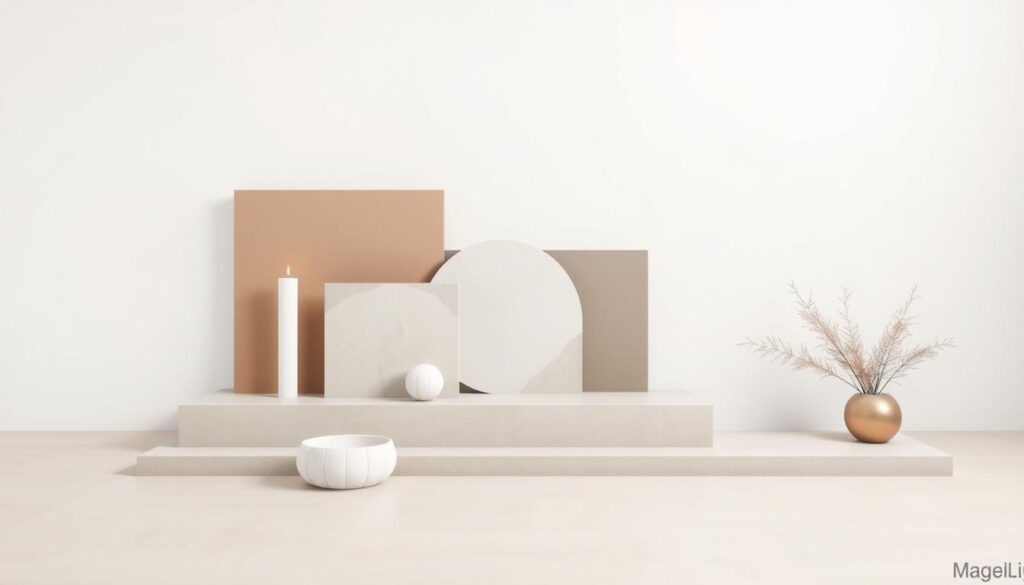
Neutral tones have revolutionized interior design, offering a canvas for creating spaces that are both serene and sophisticated. These colors, often underestimated, wield immense emotional and psychological influence.
Color psychology reveals that neutral shades like grey and brown have profound effects on our well-being. They can:
-
Reduce stress and promote relaxation.
-
Create stability and a sense of comfort.
-
Provide a versatile backdrop for other design elements.
The Psychology Behind Grey and Brown Tones
Grey symbolizes sophistication and balance, while brown connects us to the warmth and grounding energy of nature. Together, they create a harmonious blend that feels both modern and timeless. These colors evoke feelings of security and grounding, transforming living spaces into true sanctuaries.
Creating Balance with Neutral Colors
Achieving the perfect neutral palette requires thoughtful layering. Start with a dominant neutral tone, then introduce complementary shades through furniture, textiles, and accessories. This approach adds depth and visual interest without overwhelming the senses.
The Versatility of Earth-Toned Spaces
Neutral color combinations are incredibly flexible, adapting seamlessly to changing trends and personal preferences. Whether you prefer minimalist aesthetics or eclectic designs, earth tones provide a solid foundation for creativity.
Grey and Brown: A Perfect Match for Modern Interiors
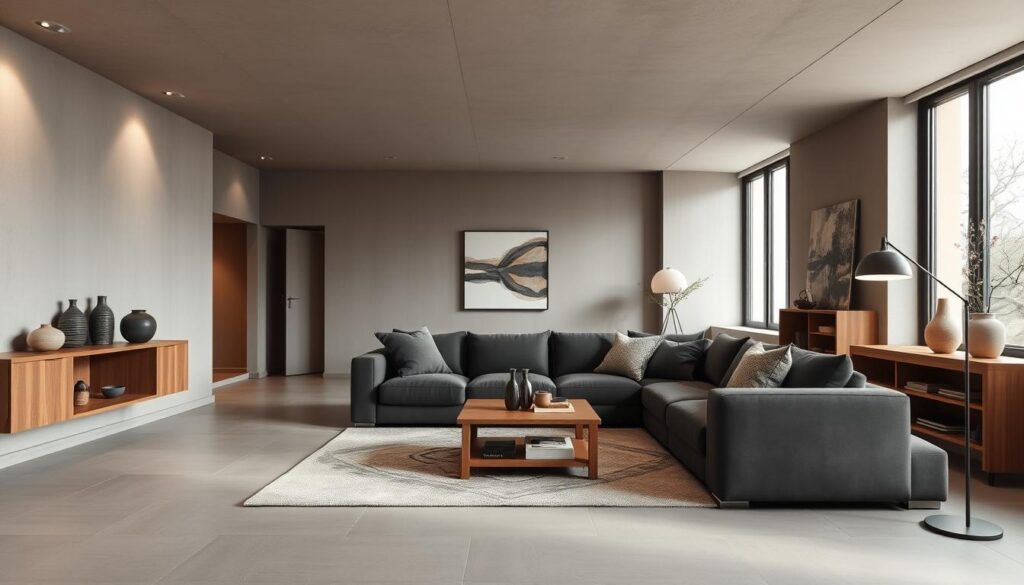
Modern interior design thrives on balance, and grey and brown are the ultimate neutral duo. They bring elegance and versatility to any space, making them ideal for contemporary homes. Here’s how to make the most of these colors:
-
Choose complementary undertones for harmony.
-
Balance warm browns with cool greys.
-
Incorporate textures to add depth.
-
Experiment with shades to create dimension.
Choosing the right colors is crucial. Light grey goes well with dark brown, while charcoal grey pairs with lighter browns. Try different mixes to find what suits you best.
Here are some key tips for grey and brown design:
- Begin with a neutral wall color
- Layer textures and materials
- Add natural elements like wood and stone
- Use metallic accents for interest
By carefully mixing grey and brown, you can make a modern space that’s both timeless and fresh. The right colors turn your home into a stylish, welcoming place that shows off your taste.
Creating Depth with Taupe and Charcoal Combinations
Taupe and charcoal are a match made in design heaven. These shades can transform any room, offering a spectrum of neutral tones that enhance visual appeal. Layering different shades and incorporating textures can elevate your space to new heights.
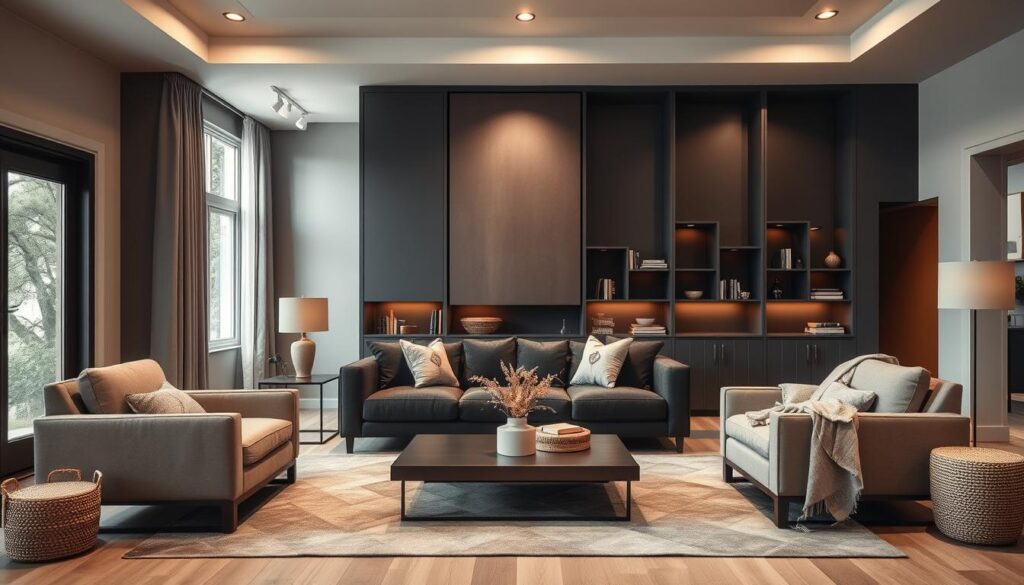
Layering Different Shades for Visual Interest
Depth comes from layering colors. Here are some tips for using taupe and charcoal:
- Begin with a light taupe for walls
- Add darker charcoal pieces
- Blend different shades of grey and brown
- Try gradient techniques for depth
Incorporating Texture with Neutral Tones
Texture makes neutral colors come alive. Different textures can turn taupe and charcoal into something exciting.
| Texture Type | Charcoal Effect | Taupe Interaction |
|---|---|---|
| Velvet | Deep, rich appearance | Soft, muted elegance |
| Linen | Structured, modern feel | Natural, organic sensation |
| Wool | Warm, substantial presence | Subtle, sophisticated touch |
Balancing Light and Dark Elements
It’s key to balance light and dark when using taupe and charcoal. Adding lighter items can stop spaces from feeling too dark or dull.
- Use metallic accents to lighten dark areas
- Add white or cream items
- Make the most of natural light
- Choose reflective surfaces to brighten up
Designing Living Spaces with Warm Greige Accents
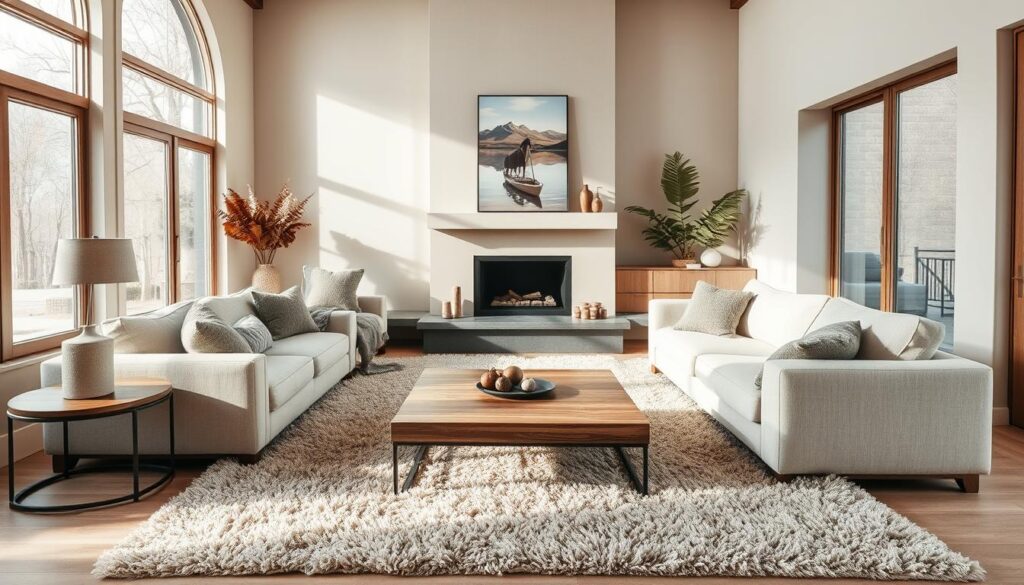
Greige is a sophisticated neutral that makes living spaces warm and inviting. It’s a mix of grey and beige, creating a modern yet timeless feel. Adding greige to your living room opens up a world of design options that fit many styles.
To make a welcoming space with greige, choose the right color and design carefully. Pick a primary greige tone that matches your furniture and room design. Greige works well with many colors, making it easy to design.
- Choose greige wall colors with subtle undertones
- Select furniture pieces in complementary neutral shades
- Layer different textures to add depth and interest
- Incorporate accent pieces that highlight the greige foundation
Greige is great for living rooms because it’s so versatile. Here are some tips to use it well:
- Paint walls in a soft greige shade for a neutral backdrop
- Use greige upholstery to create a cohesive look
- Add metallic or wooden accents to enhance visual complexity
- Experiment with different greige intensities for dynamic styling
Lighting is key when styling with greige. Natural and artificial light can change how the color looks. This lets you adjust your design to make your space feel both modern and cozy.
Incorporating Natural Elements with Earth Tones
Creating a harmonious living space is more than picking the right colors. Earth tones help blend design with nature. They turn your home into a peaceful place that feels connected to the outdoors.
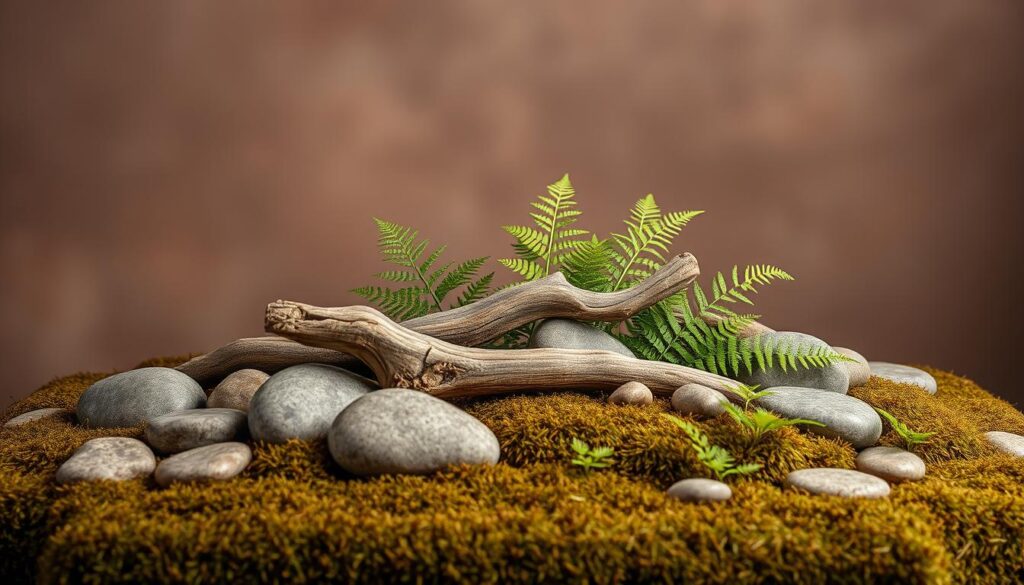
Adding natural materials can make your earth tones design stand out. These elements add depth, texture, and realness to your space.
Wood Textures and Stone Features
Wood and stone can make your earth tones design even better. Here are some ideas:
- Reclaimed wood accent walls
- Stone fireplace surrounds
- Wooden furniture with natural grain
- Slate or marble countertops
Bringing the Outdoors Inside
Plants are key to connecting with nature through earth tones. Placing them right can change your space:
| Plant Type | Best Location | Light Requirement |
|---|---|---|
| Fiddle Leaf Fig | Living Room Corner | Bright, Indirect |
| Snake Plant | Home Office | Low to Medium |
| Monstera | Bright Hallway | Moderate |
Natural Light and Neutral Palettes
Use natural light to boost your earth tones design. Light adds depth and warmth to neutral spaces. Keep it simple with sheer curtains, mirrors, and clear window areas to let sunlight in.
Bedroom Design: Soothing Grey and Brown Sanctuaries
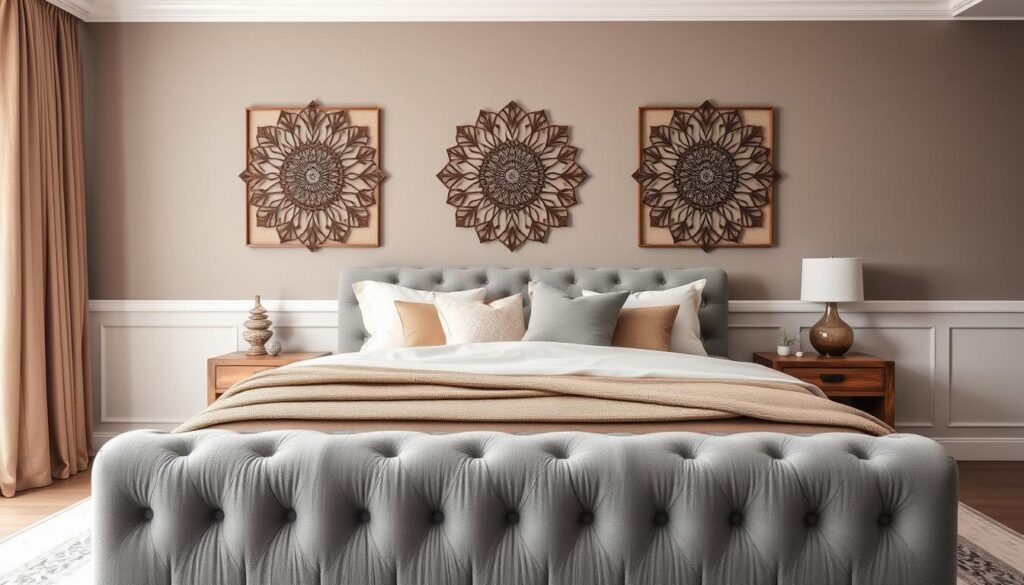
Creating a peaceful bedroom starts with the right colors. Grey and brown tones make your room a calm place for sleep. The perfect mix of these colors can make your bedroom stand out.
Here are some tips for using grey and brown in your bedroom:
- Start with a soft grey wall color as the base
- Add warm brown furniture for depth and coziness
- Use brown leather and grey wool for texture
- Choose bedding that combines both colors
Lighting is key in showing off grey and brown. Warm lights can make grey look softer and brown richer. Dimmer switches help change the mood, from bright morning to cozy evening.
Texture is important with these colors. Add brown velvet cushions, grey knit blankets, and wooden furniture with brown grains. These add interest and make your room feel luxurious and welcoming.
Your bedroom should be your own special place. By picking grey and brown that fit your style, you’ll make a room that looks great and helps you sleep well.
Kitchen and Dining Areas: Sophisticated Neutral Schemes
Neutral tones can transform your kitchen and dining spaces into elegant, timeless areas. Grey and brown color schemes are versatile. They make your culinary spaces modern yet welcoming.
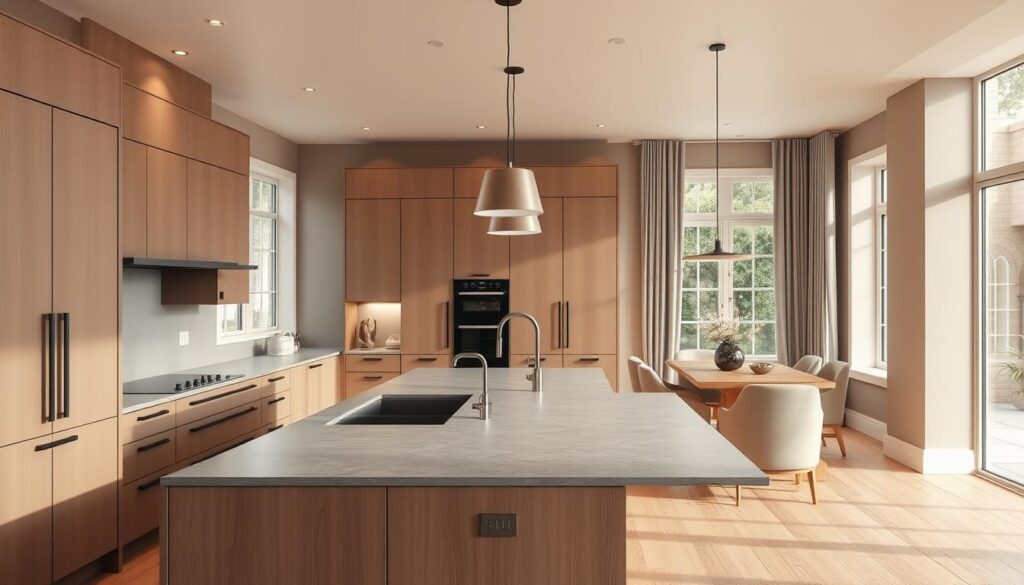
Creating a perfect neutral kitchen involves choosing colors wisely and adding thoughtful design elements. Your space can become a harmonious sanctuary. It balances beauty with practicality.
Cabinet Color Combinations
Choosing the right cabinet colors is key for your neutral kitchen design. Here are some great combinations:
- Warm taupe upper cabinets with charcoal lower cabinets
- Soft greige cabinets paired with deep brown wood accents
- Light grey cabinets complemented by rich espresso trim
Countertop and Backsplash Selections
Neutral tones look best with complementary textures and materials. Granite, quartz, and marble are great for adding depth to your kitchen.
| Material | Color Palette | Visual Impact |
|---|---|---|
| Marble Countertop | Soft Grey Veining | Elegant and Sophisticated |
| Quartz Backsplash | Warm Mushroom Tones | Subtle and Refined |
Lighting Fixtures for Neutral Spaces
Choose lighting that complements your neutral kitchen’s color palette. Brushed nickel or matte black fixtures add stunning contrast and depth.
- Pendant lights with metallic finishes
- Recessed lighting in warm white tones
- Under-cabinet LED strips for subtle illumination
Accessorizing with Mushroom and Heather Tones
Add mushroom and heather tones to your home decor to elevate your look. These colors add depth and elegance, making your space feel modern yet timeless.
When picking accessories in mushroom and heather, think strategically:
- Throw pillows in soft heather hues
- Ceramic vases with mushroom-inspired glazes
- Textured wool blankets in muted tones
- Artwork featuring subtle mushroom color gradients
Mushroom tones are perfect as neutral accents, blending grey and brown. Heather shades add a romantic touch, softening bold designs. They look great with natural textures like wood and stone.
Layering different shades and textures is key. A heather throw on a taupe armchair or a mushroom vase on a wooden shelf can change a room’s look.
Pro tip: Use these colors wisely to add interest without cluttering your space. A few well-chosen pieces in mushroom and heather can really boost your neutral color scheme.
Seasonal Updates for Grey and Brown Color Schemes
Neutral tones are great for changing your interior design with the seasons. Your grey and brown colors can easily change to keep your space fresh all year.
To refresh your neutral spaces, think about textures, accents, and colors. Keep your core colors the same but add seasonal touches for interest and feeling.
Spring and Summer Adaptations
In warmer months, make your neutral colors lighter:
- Introduce lightweight linen throws
- Add pastel accent pillows
- Incorporate botanical prints
- Use bright ceramic vases
Fall and Winter Transitions
When it gets cooler, add warm, rich elements to your space:
- Layer chunky knit blankets
- Select deeper accent colors like burgundy and forest green
- Add textured wool rugs
- Include ambient lighting with warm-toned fixtures
| Season | Texture Strategy | Color Accent |
|---|---|---|
| Spring | Light linens | Soft pastels |
| Summer | Lightweight cotton | Bright white |
| Fall | Wool and velvet | Deep burgundy |
| Winter | Thick knits | Forest green |
Keep a neutral base to make your space versatile for all seasons. Your grey and brown colors can change with the seasons, keeping your design fresh all year.
Contemporary Applications of Khaki and Charcoal
Khaki and charcoal are now key colors in modern interior design. They bring a sophisticated touch to living spaces, making them elegant yet cozy. Designers use these colors to create a perfect balance of warmth and style.
Here are some tips for using khaki and charcoal in your home:
- Use charcoal as a dramatic accent wall color
- Select khaki-toned furniture for a soft, neutral foundation
- Blend charcoal accessories with lighter khaki upholstery
- Create depth through layered textural elements
Khaki and charcoal are incredibly versatile. Charcoal adds a bold, grounding feel, while khaki brings a softer, more subtle tone. This mix works well in many design styles, from modern to rustic.
Experts say texture is key when using these colors. Try a charcoal wool throw, khaki linen curtains, or different fabric weights. These can make a space interesting without being too much.
Designers often use khaki and charcoal in creative ways. Imagine a charcoal kitchen island with khaki bar stools or a charcoal leather sofa with khaki wall art. These choices can take your design from good to great.
Conclusion
Grey and brown are more than just colors—they’re a design philosophy. These timeless neutrals offer endless possibilities for creating spaces that are both elegant and inviting. Whether you’re redesigning a single room or revamping your entire home, grey and brown provide a foundation that’s as versatile as it is beautiful. Embrace these hues, and let them transform your space into a reflection of your unique style and personality.
